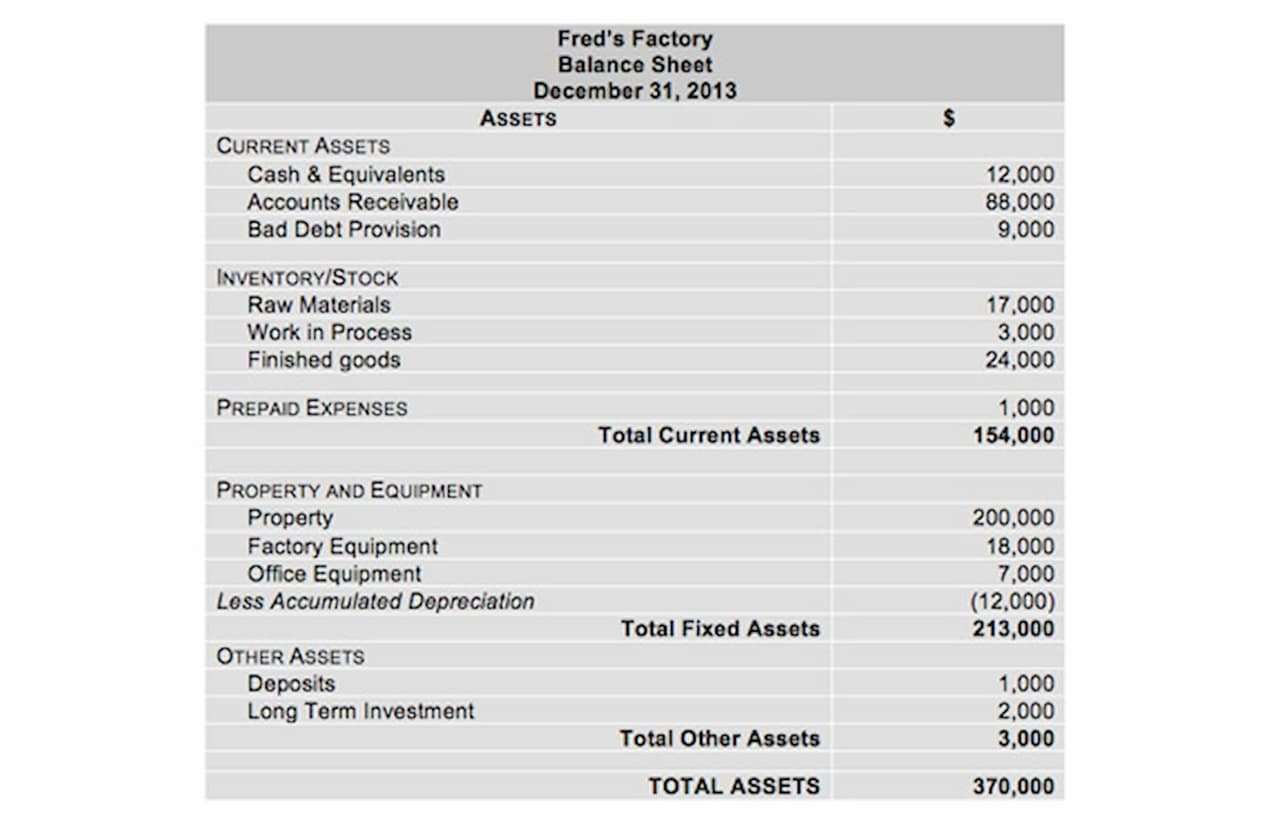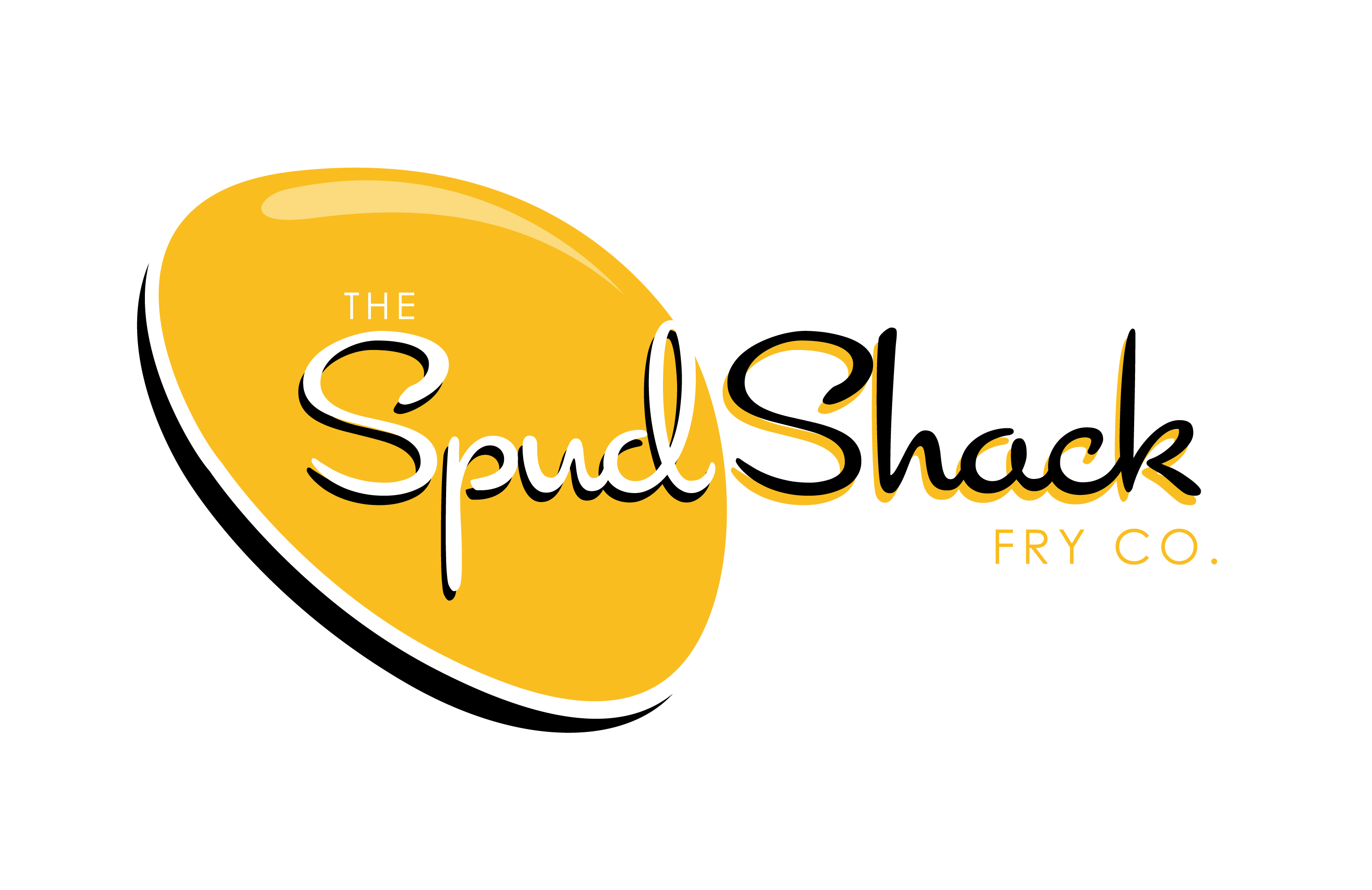
Inventory in a manufacturing company is items purchased (or created) by a company for (a) production of other parts (raw materials or work-in-process) or (b) selling to customers (finished goods). One of the main financial statements (along with the statement of comprehensive income, balance sheet, statement of cash flows, and statement of stockholders’ equity). The income statement is also referred to as the profit and loss statement, P&L, statement of income, and the statement of operations. The income statement reports the revenues, gains, expenses, losses, net income and other totals for the period of time shown in the heading of the statement. If a company’s stock is publicly traded, earnings per share must appear on the face of the income statement. Nonmanufacturing overhead costs are the company’s selling, general and administrative (SG&A) expenses plus the company’s interest expense.
What are Nonmanufacturing Overhead Costs?
Similarly, the amount not yet allocated is not an indication of its current market value. Insurance Expense, Wages Expense, Advertising Expense, Interest Expense are expenses matched with the period of time in the heading of the income statement. Under the accrual basis of accounting, the matching is NOT based on the date that the expenses are paid. This account is a non-operating or “other” expense for the cost of borrowed money or other credit. The amount of interest expense appearing on the income statement is the cost of the Accounting Security money that was used during the time interval shown in the heading of the income statement, not the amount of interest paid during that period of time.
Nonmanufacturing Overhead Outline

Now, we will look in more detail how product costs are recorded by a company and how they flow from the beginning to the end of the manufacturing process. The finished product of a company may become accounting raw material of another company. For example, cement is a finished product for manufacturers of cement and raw materials for companies involved in construction business. Manufacturing and non-manufacturing costs together form total costs for a manufacturing entity. They are impacted by different factors and thus their appropriate categorization is important.
Direct Materials
- Therefore, parts have a variable nature; the amount of raw materials bought and used changes in direct proportion to the amount of valves created.
- Note “Business in Action 2.3.2” provides examples of nonmanufacturing costs at PepsiCo, Inc.
- This account is a non-operating or “other” expense for the cost of borrowed money or other credit.
- These costs are reported on a company’s income statement below the cost of goods sold, and are usually charged to expense as incurred.
- Under the accrual basis of accounting, the matching is NOT based on the date that the expenses are paid.
- Direct labor includes the production workers who assemble the boats and test them before they are shipped out.
Usually financial statements refer to the balance sheet, income statement, statement of comprehensive income, statement of cash flows, and statement of stockholders’ equity. You should consider our materials to be an introduction to selected accounting and bookkeeping topics (with complexities likely omitted). We focus on financial statement reporting and do not discuss how that differs from income tax reporting. Therefore, you should always consult with accounting and tax professionals for assistance with your specific circumstances.
- These costs have two components— selling costs and general and administrative costs —which are described next.
- Examples of nonmanufacturing costs appear in Figure 1.5 “Examples of Nonmanufacturing Costs at Custom Furniture Company”.
- They usually include indirect materials, indirect labor, salary of supervisor, lighting, heat and insurance cost of factory etc.
- All nonmanufacturing costs are not related to production and are classified as either selling costs or general and administrative costs.
- Overall, so far we have covered different types of product (manufacturing) and period (nonmanufacturing) costs.
Manufacturing Overhead

They are matched with the revenues of a specific time period rather than included in the cost of the goods sold. The sum of direct materials cost, direct labor cost and manufacturing overhead cost is known as manufacturing cost. All these costs – marketing and sales expenses, G&A, and R&D – are non-manufacturing overhead costs. These costs aren’t directly related to the physical production of their devices but are essential to running the business and its long-term growth. For a manufacturer these are expenses outside of the manufacturing function. (However, interest expense and other nonoperating expenses are not included; they are reported separately.) These expenses are not considered to be product costs and are not allocated to items in inventory or to nonmanufacturing costs cost of goods sold.

